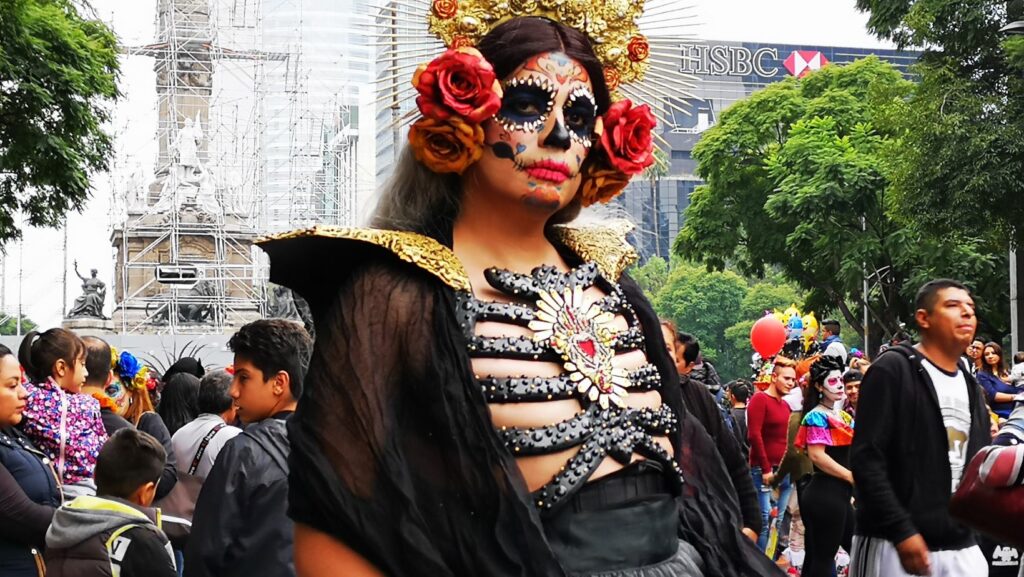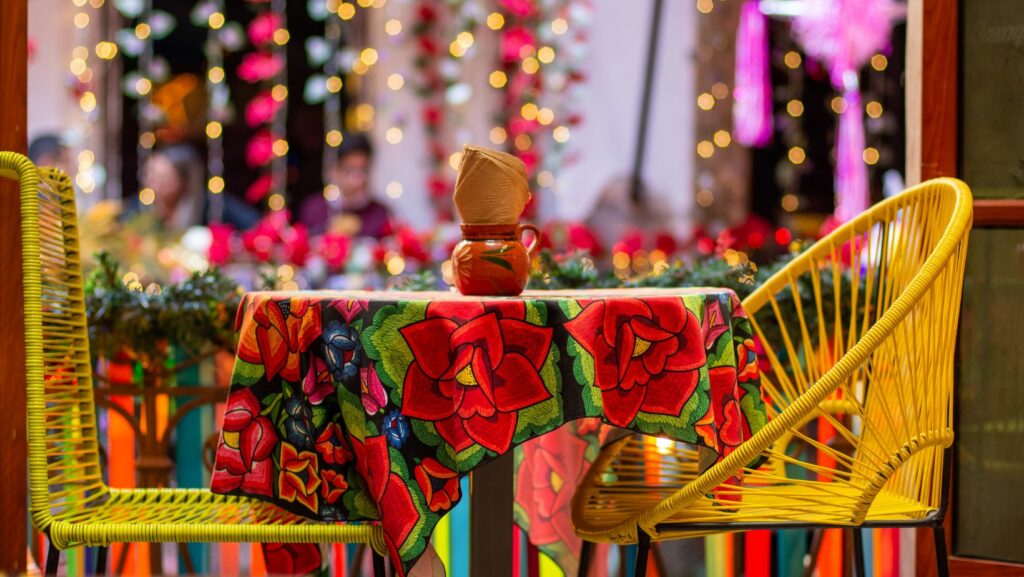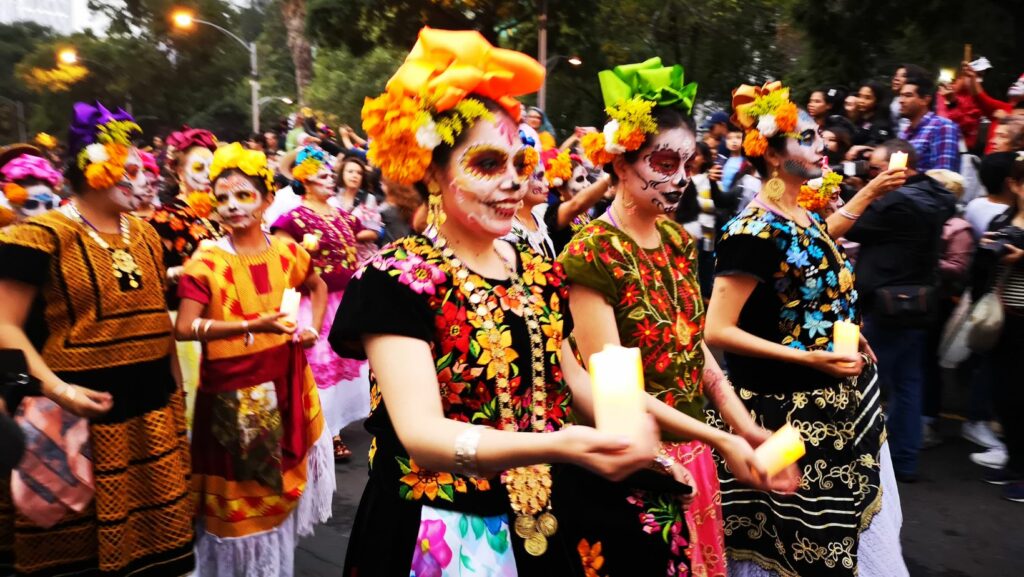Hispanic Culture Art
Pre-colonial influences in Hispanic culture art laid the foundation for a diverse range of artistic expressions. Indigenous civilizations such as the Aztecs, Mayans, and Incas incorporated intricate designs and symbolic representations into their pottery, textiles, and sculptures. These ancient art forms served as a visual language, telling stories of myths, rituals, and daily life.
The colonial period marked a significant shift in Hispanic culture art as European influences merged with indigenous traditions. Spanish colonizers introduced new techniques, styles, and religious themes that transformed the artistic landscape.
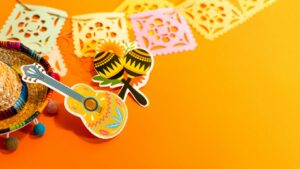
Baroque paintings adorned churches, while colonial architecture blended European and indigenous motifs. This fusion gave rise to a unique aesthetic that still influences Hispanic art today.
Family and tradition are foundational themes in Hispanic culture art. Artists frequently depict scenes that celebrate the importance of family ties and ancestral heritage. Through vibrant paintings and sculptures, they capture intimate moments of family gatherings, traditional celebrations, and generational connections. These artworks not only reflect the values of unity and respect within Hispanic families but also serve as a means of preserving cultural customs and passing them down to future generations.
Hispanic culture art often serves as a powerful medium for addressing social and political issues prevalent in the Hispanic community. Artists leverage their creativity to shed light on topics such as immigration, inequality, human rights, and cultural identity. Through provocative artworks, they stimulate conversations, evoke emotions, and advocate for change. By grappling with these pressing issues through their art, Hispanic artists contribute to a broader dialogue on social justice and inspire audiences to reflect on the complexities of the Hispanic experience.
Key Artists and Their Contributions
Frida Kahlo, a prominent Mexican artist, is renowned for her iconic self-portraits reflecting her inner emotions and struggles. Kahlo’s unique blend of realism and surrealism in her artworks captured the attention of audiences worldwide.
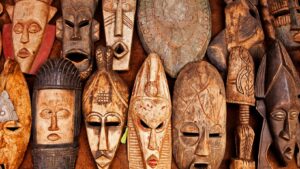
She integrated elements of Mexican folk culture and vivid colors into her paintings, emphasizing themes of identity, politics, and gender. Kahlo’s art often symbolized pain, passion, and resilience, showcasing a deep connection to her Mexican heritage and indigenous roots.
Diego Rivera, a celebrated figure in Mexican art history, is recognized for his significant contributions to the muralism movement. Rivera’s large-scale murals depicted Mexico’s history, cultural identity, and socio-political issues. Through his art, he aimed to make powerful statements about the working class, indigenous heritage, and revolution. Rivera’s murals not only adorned public spaces but also served as a tool for social activism and education, promoting unity and national pride among the Mexican people.
Impact of Hispanic Culture Art Globally
Hispanic culture art has had a significant impact on modern art worldwide. Artists like Frida Kahlo and Diego Rivera paved the way for future generations by introducing unique styles that blended traditional techniques with modern themes. Their innovative approaches to art, focusing on identity, social issues, and cultural heritage, have influenced a myriad of contemporary artists globally. The vibrant colors, bold imagery, and deep symbolism commonly found in Hispanic art continue to inspire and shape modern artistic expressions across various mediums.

Hispanic culture art is widely celebrated through exhibitions and events globally, showcasing the rich heritage and talent of Hispanic artists. Major museums and galleries frequently feature exhibitions dedicated to Hispanic art, attracting a diverse audience eager to explore its cultural significance. These exhibitions not only promote Hispanic artists and their works but also serve as a platform for cultural exchange and dialogue. The international recognition of Hispanic culture art highlights its enduring relevance and contribution to the global artistic landscape.
Hispanic culture art stands as a vibrant tapestry woven with diverse influences, spanning centuries of history and innovation. From the ancient civilizations of the Aztecs and Mayans to the contemporary works of artists like Frida Kahlo and Diego Rivera, its evolution reflects a rich blend of tradition, social commentary, and artistic expression. The fusion of European techniques with indigenous roots has given rise to a unique aesthetic that continues to captivate audiences worldwide.

